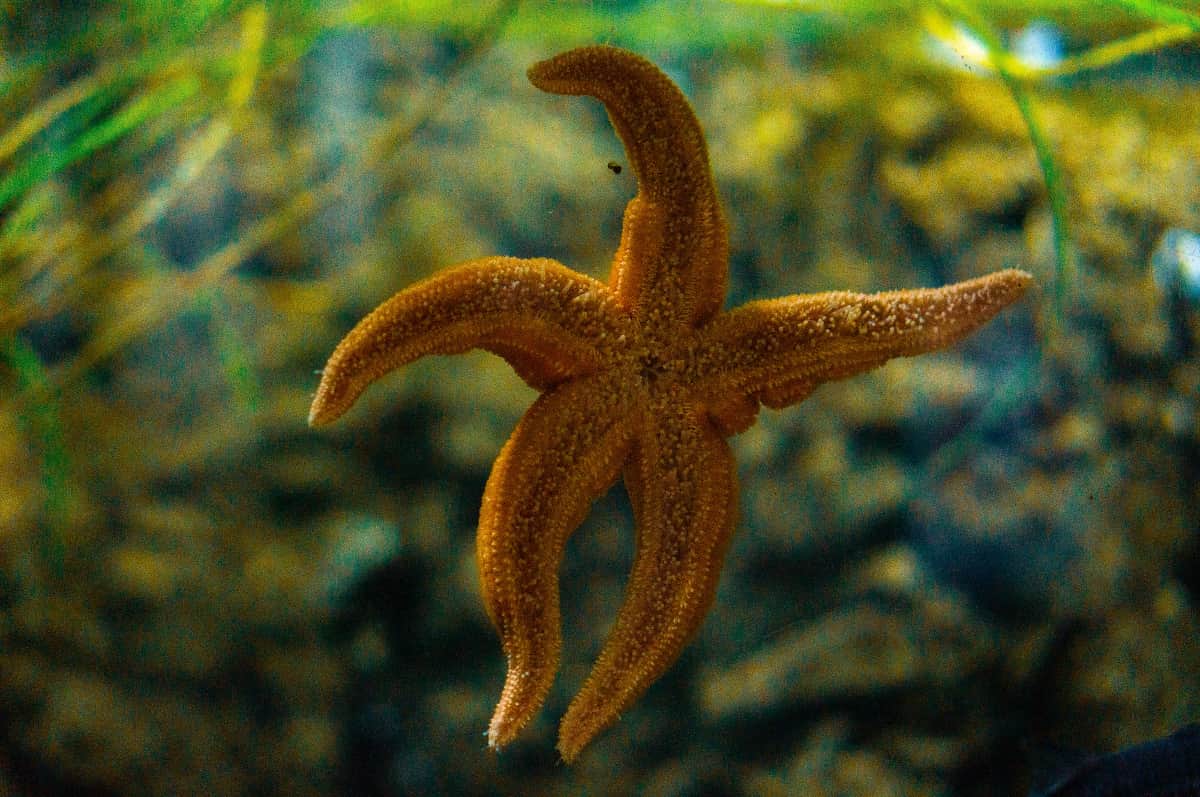Taxonomy: The Search for a Way to Understand the Great Diversity of Earthly Life
What is the importance of taxonomy for humans worldwide? It provides humans with an organizational framework for recognizing, interpreting, and valuing the diversity of living things and is therefore the cornerstone of conservation.





